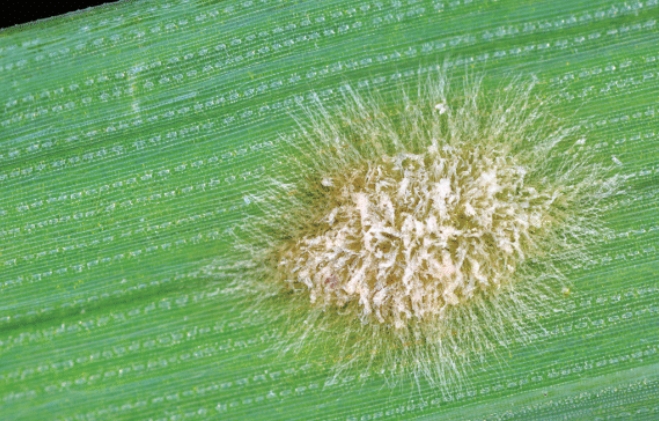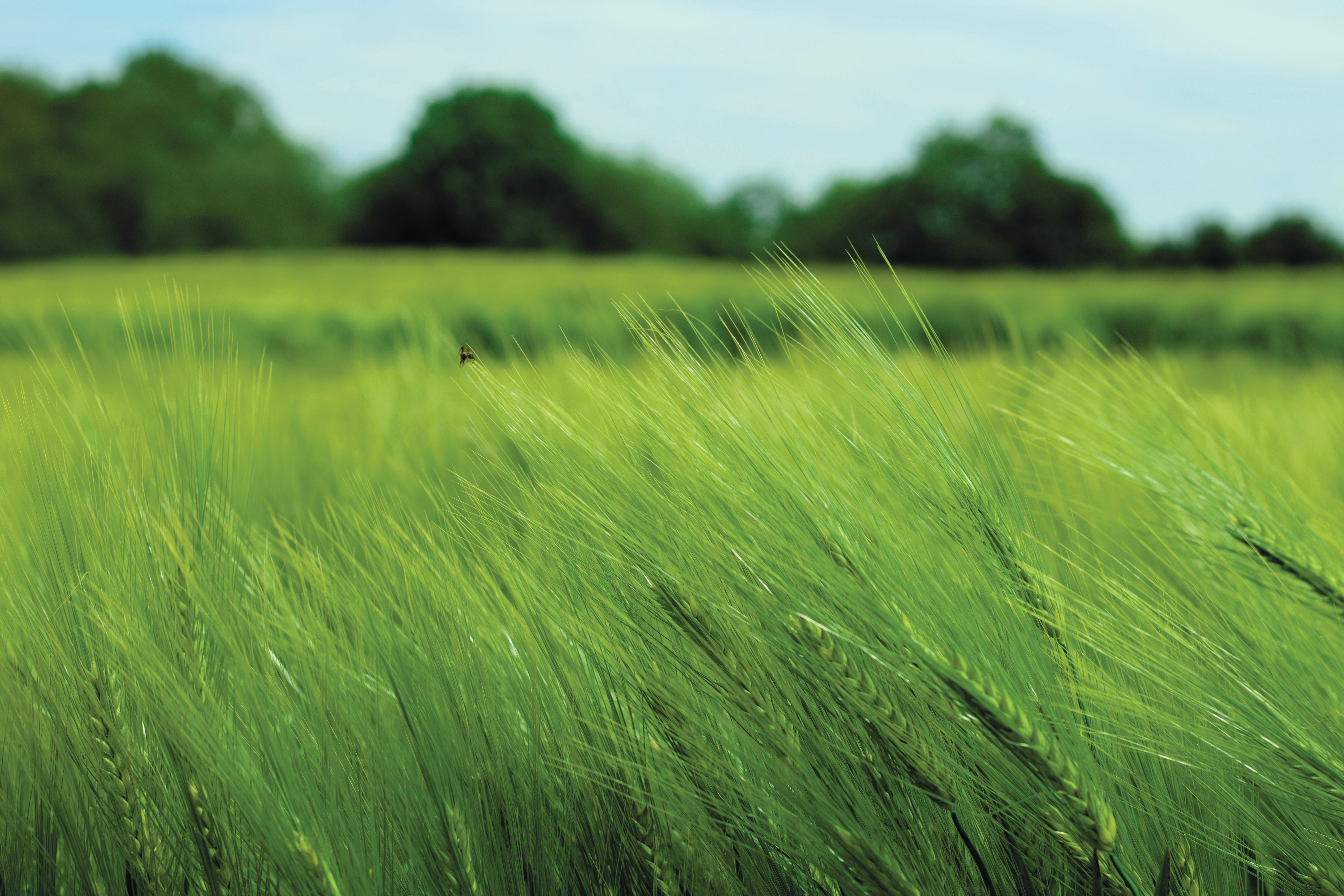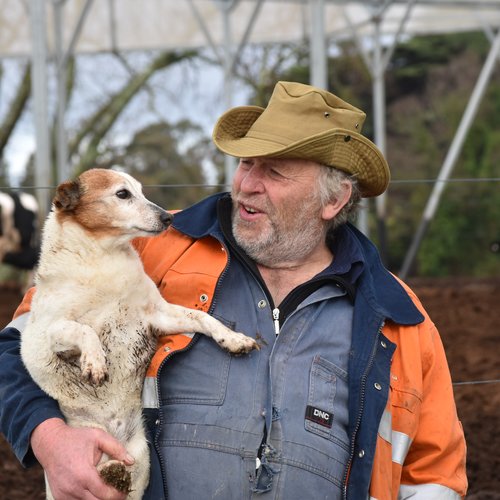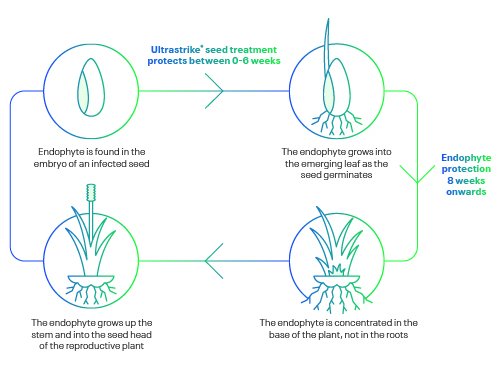Australia’s cereal and barley growers are all too familiar with the threat powdery mildew poses to crop yields and quality.
Gowan Australia business manager Martin Dargan says Legend broadacre fungicide represents an innovative solution which is making waves in integrated disease management strategies.
Martin says Group 13 fungicides are important and he believes Legend stands apart from other fungicides on the market.
He begins by highlighting Legend is part of the Group 13s, a relatively new class in cereals offering a unique mode of action.

“This group affects the fungal pathogen differently than traditional fungicides, which largely target the fungus cell membrane or other biological processes,” Martin explains.
“Instead, Group 13 fungicides such as Legend interfere with the pathogen’s development in a way which reduces resistance buildup,” he says.
“They’re designed for resistance management, which is increasingly vital given our pathogen populations’ resilience.”
Martin adds Legend has a different mode of action to the commonly used cereal fungicides – the triazoles and strobilurins – meaning fungi resistant to these can be managed with this new group of fungicides.
He says Legend works primarily through preventative activity, forming a protective barrier on the plant surface.
“It has properties which greatly assist fungal control, involving volatilisation and reabsorption into the plant’s tissues, providing an extended window of protection,” Martin says.
“Because it strongly binds to leaf waxes, once the spray dries, it resists being washed off by rain – keeping the plant protected during periods of wet weather, which are common in many barley and cereal-growing regions,” he says.
One of Legend’s standout features is its unique distribution after application.
Martin says Legend’s formulation allows it to be more evenly distributed across the crop, filling in gaps where spray solutions might otherwise miss spots.
He says this results in improved coverage, especially in dense canopies or uneven plant growth, ensuring the protective film reaches more of the leaf surface.
It’s an important benefit because powdery mildew often starts in obscure spots and spreads rapidly.
Resistance management is crucial and Legend fits into an integrated disease management program.
“It’s vital to rotate fungicides with different modes of action to prevent resistance,” Martin says.
“Legend should be used in combination, or rotation, with other chemistry groups,” he says.
“While Legend provides effective disease prevention, relying solely on it can lead to resistance over time.

“By mixing or alternating it with fungicides from other groups, growers extend the efficacy of all treatments and maintain long-term control of powdery mildew.”
Martin says Legend’s action is purely preventative – it doesn’t cure existing infections but rather stops the pathogen from establishing itself.
Once applied, the protective film on the leaf surface prevents powdery mildew spores from germinating and infecting the tissue.
He says protection of growing tissue can occur due to volatilisation and redistribution within a short distance around the treated plant.
“This means the product can redistribute to plant parts which are hard to access directly with spray, which is a significant advantage in disease-prone environments,” Martin says.
“If conditions favour ongoing disease infection, repeat applications are recommended after 21–28 days.”
Another key benefit Martin highlights is Legend’s resistance to wash-off, always handy considering Australia’s variable weather patterns.
“Once it is dry, Legend’s strong binding to leaf waxes means it’s not easily washed away by rain,” Martin says.
“That’s especially important during unpredictable weather patterns,” he explains.
“As long as growers allow the spray to dry before rain, the fungicide remains effective, providing durable protection during critical growth stages.”
Powdery mildew can cause significant yield reduction and quality loss if not managed properly.
The disease manifests as a white, powdery exudate on leaf surfaces, which can quickly spread across cereal and barley fields – especially under humid conditions.
With the risk of resistance building against common fungicide chemistries, proactive integrated disease management strategies are essential.




